Picture standing at the glass of a massive aquarium tank, your breath fogging up the barrier as a black-and-white titan glides past, its eye seeming to search yours. There’s awe, maybe even a little fear, and a lingering question: should these intelligent, social giants be here at all? The debate over whether orcas belong in captivity has split families, fired up activists, and forced scientists to rethink everything from animal ethics to education. With every leap and splash, the orca dilemma grows more tangled. Is the promise of education and conservation worth the price these animals pay? Let’s dive into the depths of this controversy, where beauty and heartbreak swim side by side.
Orcas in the Wild: Masters of the Ocean
Orcas, often called killer whales, are apex predators with complex social lives. In the wild, they roam vast ocean territories, sometimes covering up to 100 miles a day. Their matriarchal pods are tight-knit families, where traditions and hunting skills are passed down through generations. Scientists have marveled at their intelligence—some orcas use unique dialects, specific to their pods, almost like regional accents in humans. Their lives are marked by cooperation, playfulness, and an intricate social hierarchy that rivals that of elephants or primates. Watching wild orcas hunt, communicate, and care for their young has led researchers to describe them as “people of the sea.” It’s this rich natural behavior that often gets lost behind the glass.
Captive Orcas: A Life in the Fishbowl
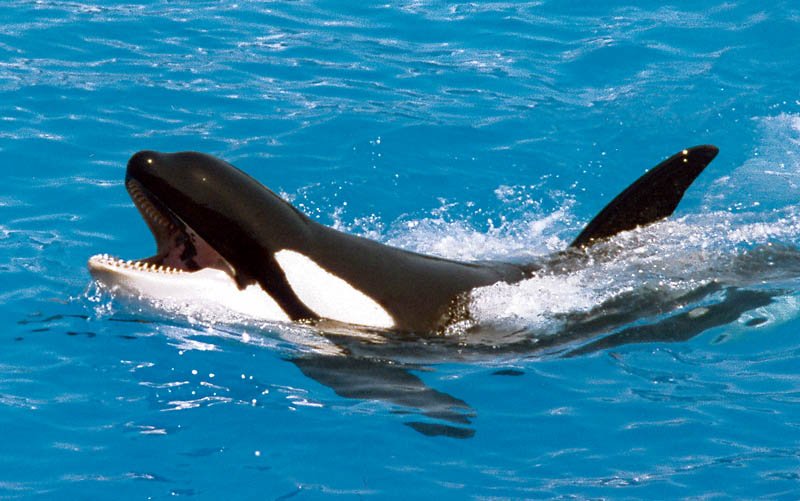
The contrast between wild freedom and captive confinement is staggering. In theme parks and aquariums, orcas live in tanks that, while large by human standards, are a small fraction of their natural range. These tanks can never replicate the changing currents, complex landscapes, or social opportunities of the open ocean. Captive orcas often display behaviors not seen in their wild counterparts—like repetitive swimming patterns, aggression, or even self-harm. Although trainers and veterinarians work hard to keep them healthy, there’s growing evidence that captivity takes a toll on their minds and bodies. Teeth wear down from gnawing on concrete, dorsal fins collapse, and lifespans are often shorter compared to wild populations. The question lingers: can a life in a tank ever be enough for such extraordinary creatures?
The Argument for Education: Inspiring the Next Generation
Supporters of orca captivity often point to education as the main justification. They argue that seeing a whale up close is a once-in-a-lifetime experience that can spark a lifelong love of marine life. Children leave aquariums with wide eyes, clutching plush orcas, dreaming of becoming marine biologists. Some facilities offer educational talks, behind-the-scenes tours, and interactive programs designed to teach visitors about ocean conservation. The hope is that these encounters create empathy for animals and motivate people to protect the oceans. For many, their first glimpse of an orca was through the glass, and that moment changed their outlook forever.
Conservation Claims: Fact or Fiction?
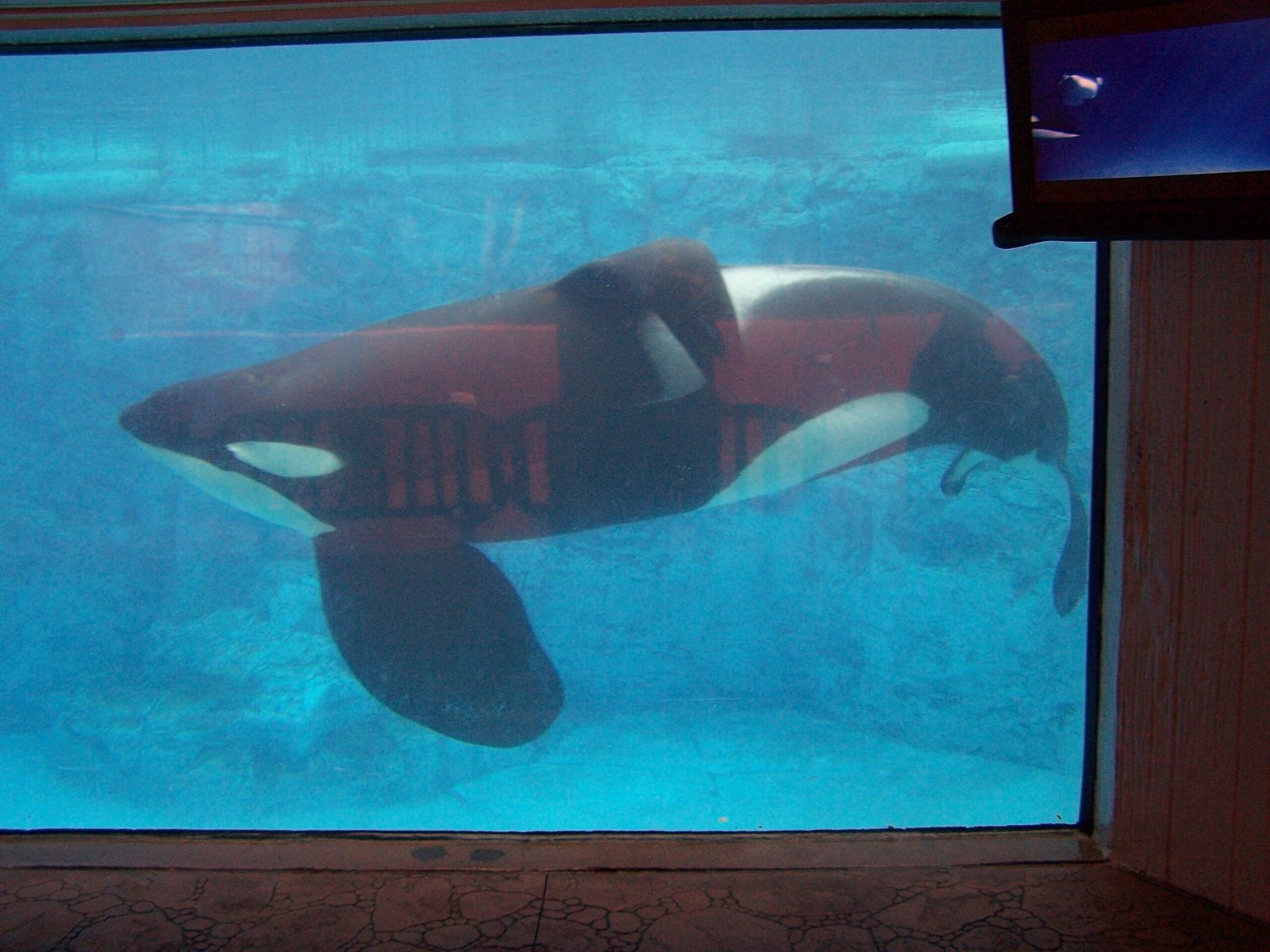
Many marine parks claim that keeping orcas helps conservation efforts. They argue that captive breeding programs can protect endangered populations and that research on captive animals can translate into better care for wild orcas. However, skeptics question whether these programs truly help. Breeding in captivity doesn’t always support wild populations, especially when the animals cannot be released. Critics also argue that the focus on entertainment often overshadows genuine conservation work. While some facilities invest in ocean cleanups or rescue missions, others prioritize flashy performances over real-world impact. The effectiveness of captivity-based conservation remains hotly debated.
Mental and Physical Health: The Hidden Costs
Orcas are among the most intelligent animals on Earth, capable of problem-solving, complex communication, and forming strong emotional bonds. In captivity, these needs are difficult to meet. Studies have shown that captive orcas are more prone to stress-related illnesses, dental problems, and abnormal behaviors. Some display signs of depression, such as floating listlessly or refusing to eat. Others lash out at tank-mates or trainers, leading to injuries and even deaths. These problems have led many veterinarians and animal welfare experts to call for an end to orca captivity, arguing that the mental and physical costs are simply too high.
Social Structure Disrupted: The Price of Separation
Orca families are legendary for their closeness. In the wild, calves stay with their mothers for life, and pods can include several generations. Captivity often shatters these bonds. Whales are separated for breeding, sold to other parks, or isolated due to aggression—a far cry from the stable, nurturing pods of the ocean. This disruption can cause lasting trauma. Scientists have observed orcas calling out for missing family members, a haunting reminder of their emotional depth. For animals that rely so heavily on social connections, the constant upheaval of captivity can be devastating.
Training and Performance: Education or Entertainment?
For decades, orca shows have dazzled crowds with dramatic leaps and clever tricks. Trainers use positive reinforcement to teach orcas to perform, and the result is a spectacle that draws millions. But is this true education, or just entertainment in disguise? Critics argue that shows oversimplify orca behavior, focusing on crowd-pleasing stunts rather than natural abilities. Some parks have shifted toward more educational presentations, ditching costumes and music in favor of science-based talks. Still, the line between learning and spectacle remains blurry. Audiences may leave entertained, but do they really understand what makes orcas unique?
Scientific Research: What We Really Learn
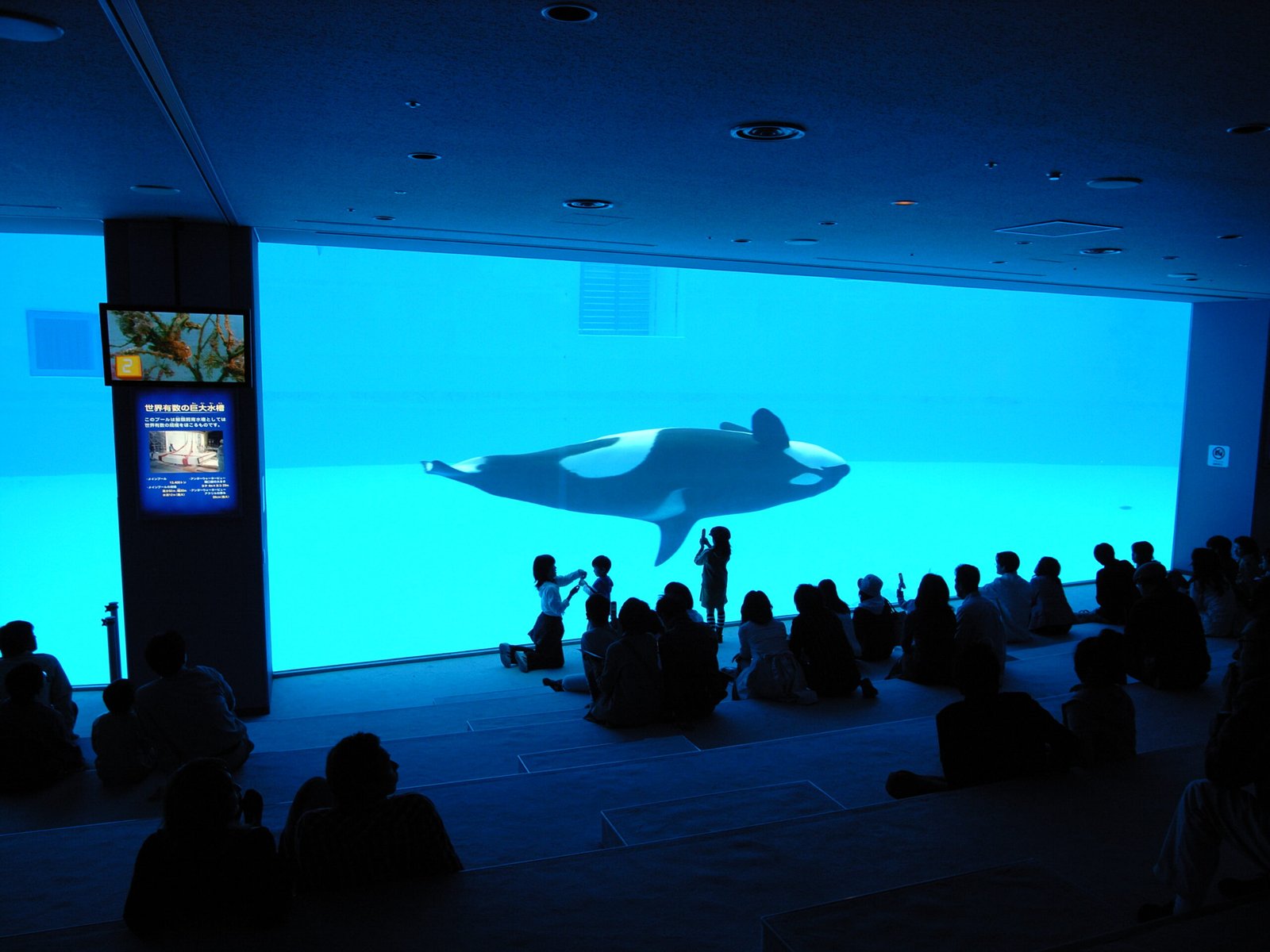
Captive orcas have contributed to scientific discoveries about physiology, communication, and reproduction. Researchers can observe behaviors up close, collect biological samples, and conduct controlled studies impossible in the wild. Yet, some scientists warn that findings from captive animals may not always apply to wild populations. The stresses of confinement, altered diets, and social disruptions can skew results. While captivity has yielded valuable insights, it also risks creating a distorted picture of orca life. More and more, researchers advocate for non-invasive studies in the wild to truly understand these complex creatures.
Public Perception: Changing Tides
Public attitudes toward orca captivity have shifted dramatically in recent years. Documentaries, celebrity campaigns, and viral news stories have exposed the darker side of the industry. Attendance at traditional marine parks has declined, and laws banning orca breeding or performances have gained traction in several countries. Social media amplifies voices calling for change, while former trainers and veterinarians speak out about their regrets. The tide of opinion is turning, with more people questioning whether the educational benefits justify the ethical costs. The once-accepted practice of displaying orcas is now under intense scrutiny.
Legal and Ethical Battles: The Fight for Orca Rights
The legal landscape around orca captivity is rapidly evolving. Some countries, like Canada and the United Kingdom, have banned keeping orcas in captivity altogether. Others have enacted strict regulations on breeding and performances. Animal welfare laws now consider social needs, mental health, and even the right to autonomy for highly intelligent animals. Activists push for legal personhood for orcas, arguing that they deserve protections similar to those of humans or great apes. As the debate enters courtrooms and parliaments, the question becomes not just what we can do, but what we should do.
The Role of Technology: Virtual Encounters and Innovation
Advances in technology are changing how we experience marine life. Virtual reality programs can transport users to the depths of the ocean, swimming alongside orcas in their natural habitat. High-definition documentaries and live-streamed wildlife cams bring the wonders of the sea into classrooms and living rooms around the world. Some aquariums are replacing captive animals with interactive exhibits, holograms, or robotic models. These innovations offer educational benefits without the ethical dilemmas of captivity, allowing people to marvel at orcas without keeping them behind glass.
Rescue and Rehabilitation: When Captivity Saves Lives
Not all captivity is the same. Some orcas end up in tanks because they are stranded, injured, or orphaned. In these cases, rescue and rehabilitation can be lifesaving. Rehabilitation centers work to treat wounds, teach survival skills, and—if possible—return animals to the wild. Some orcas, however, cannot be released due to health or lack of survival skills. For them, captivity becomes a permanent home, ideally focused on enrichment rather than entertainment. These stories highlight the complexities of the issue, showing that sometimes, keeping an orca in captivity is the most compassionate choice.
Economic Pressures: The High Cost of Change
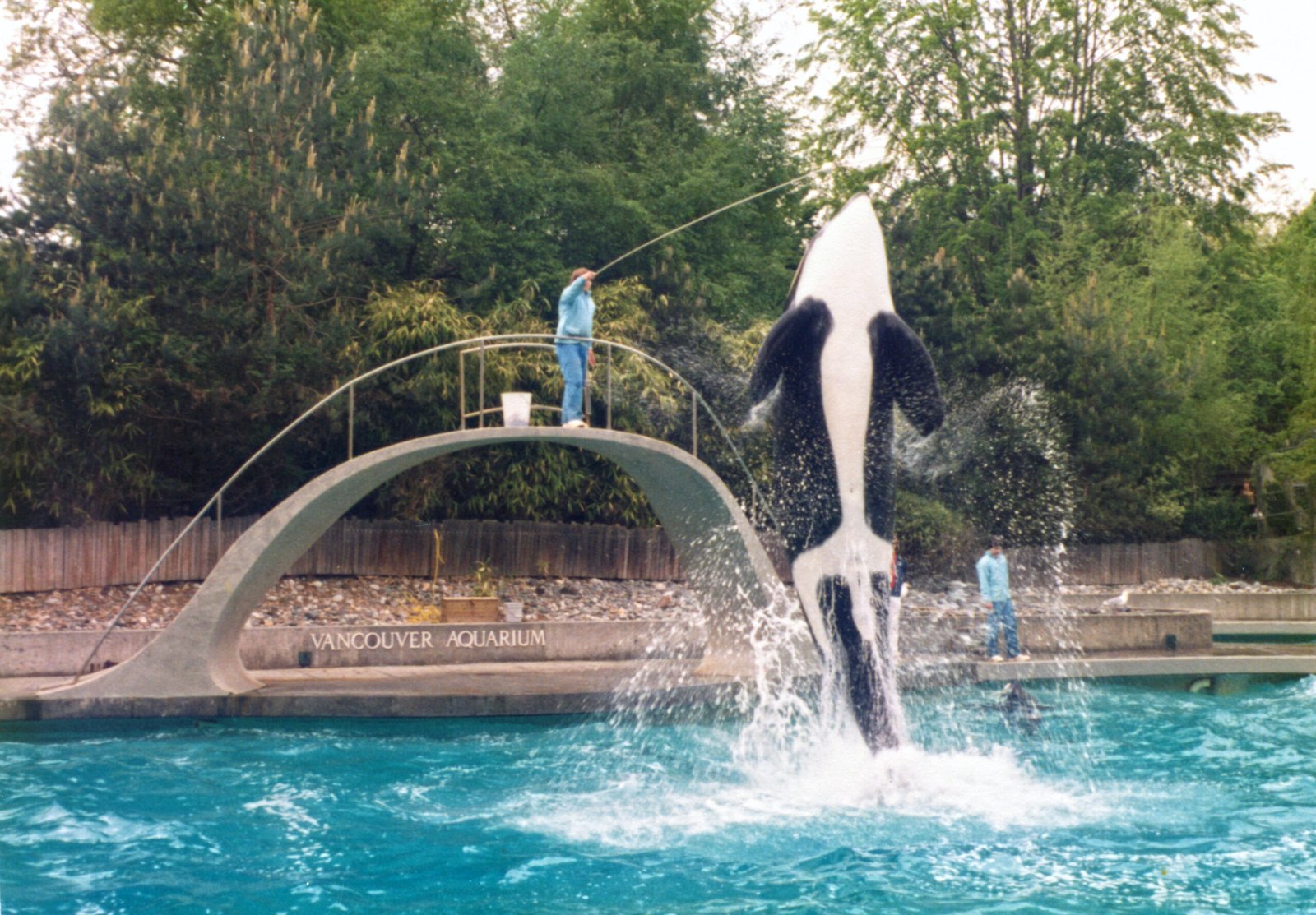
Marine parks and aquariums are big business, generating millions in ticket sales, merchandise, and tourism. The transition away from orca shows threatens jobs and local economies. Some communities rely on these attractions for income and identity. Shifting to new models—like virtual exhibits or rescue centers—requires significant investment and retraining. Resistance to change can be fierce, especially where livelihoods are at stake. The economic dimension adds another layer to the debate, complicating efforts to reform or phase out orca captivity.
Cultural Perspectives: Whales in Myth and Memory
Orcas hold deep cultural significance for many Indigenous peoples, who see them as ancestors, protectors, or spiritual guides. In some cultures, whales are revered and woven into legends, songs, and ceremonies. The capture and display of orcas can be deeply offensive, seen as a violation of sacred relationships. Others view orcas as symbols of power and freedom, inspiring artwork, music, and literature. These cultural perspectives remind us that the orca dilemma is not just about science or economics, but about values, beliefs, and identity.
Alternatives to Captivity: Sanctuaries and the Wild
Ocean sanctuaries offer a middle ground between captivity and the wild. These protected sea pens allow orcas to swim in natural seawater, explore larger spaces, and interact with other marine life. While still enclosed, sanctuaries provide a more enriching environment than tanks. Some retired performing orcas have been moved to sanctuaries, where they can live out their lives with dignity. Others advocate for phasing out captivity altogether, focusing on protecting wild habitats and populations. The search for alternatives is ongoing, driven by the desire to balance education, conservation, and animal welfare.
Personal Encounters: Awe and Unease
Meeting an orca up close is unforgettable. The sheer size, the intelligence shining in their eyes, the grace of their movements—it’s hard not to be moved. Yet, for many, these encounters are tinged with sadness or guilt. Knowing what we now do about orca intelligence and emotional needs, some visitors leave feeling conflicted. As a child, I remember pressing my hand to the tank, wishing I could follow that whale out to sea. That longing stays with many of us, fueling the push for change and respect for these incredible animals.
The Power of Empathy: Changing Hearts and Minds
Empathy is at the heart of the orca dilemma. The more we learn about these animals—their families, their intelligence, their suffering—the harder it is to justify keeping them in captivity. Emotional connections drive advocacy, policy changes, and shifts in public opinion. When people see orcas as individuals, not just attractions, the conversation changes. Empathy can be a powerful force, inspiring both personal and collective action on behalf of whales and the oceans they call home.
Children and the Next Generation: Learning Without Captivity
Today’s children have more ways than ever to learn about orcas without seeing them in tanks. Nature documentaries, virtual tours, and interactive apps bring the ocean to life in classrooms and homes. Schools partner with scientists to connect students with real-world conservation projects. Kids are leading the way, organizing beach cleanups, writing to lawmakers, and spreading awareness. Their curiosity and compassion suggest a future where education and conservation don’t require animal suffering. The next generation may be the one to finally solve the orca dilemma.
Final Reflections: Where Do We Go From Here?
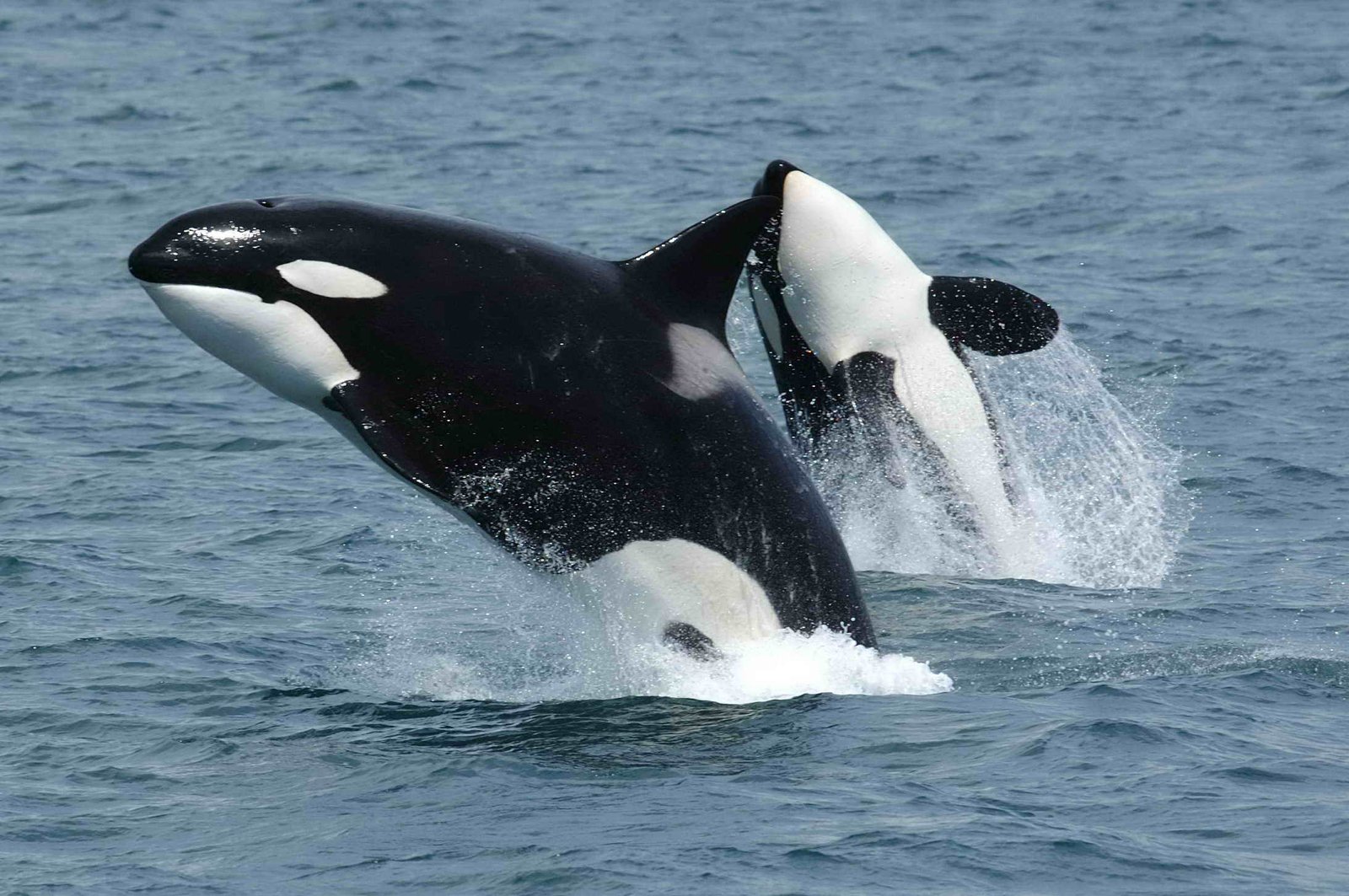
The orca dilemma is a mirror, reflecting our values, our hopes, and our contradictions. It asks us what it means to learn, to care, and to coexist with other sentient beings. As science, technology, and public opinion evolve, so too does our responsibility to these remarkable animals. Will we choose education that uplifts both humans and whales, or cling to traditions that no longer fit our understanding? The answer lies in the choices we make, every time we visit an aquarium, share a story, or vote for change. What will you decide when you stand before the glass?



